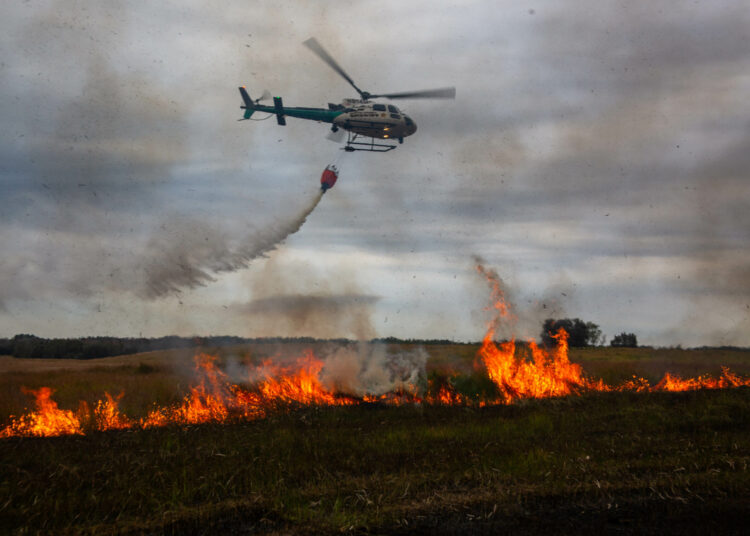Hillsborough County, Florida, was center stage in early January for a multi-agency aerial firefighting training exercise that involved aircraft, pilots, ground crews, and support staff from the Florida Forest Service, Tampa Police, Hillsborough County Sheriff's Office, Hillsborough County Fire, Martin County Sheriff, Charlotte County Sheriff, and Seminole County Sheriff.
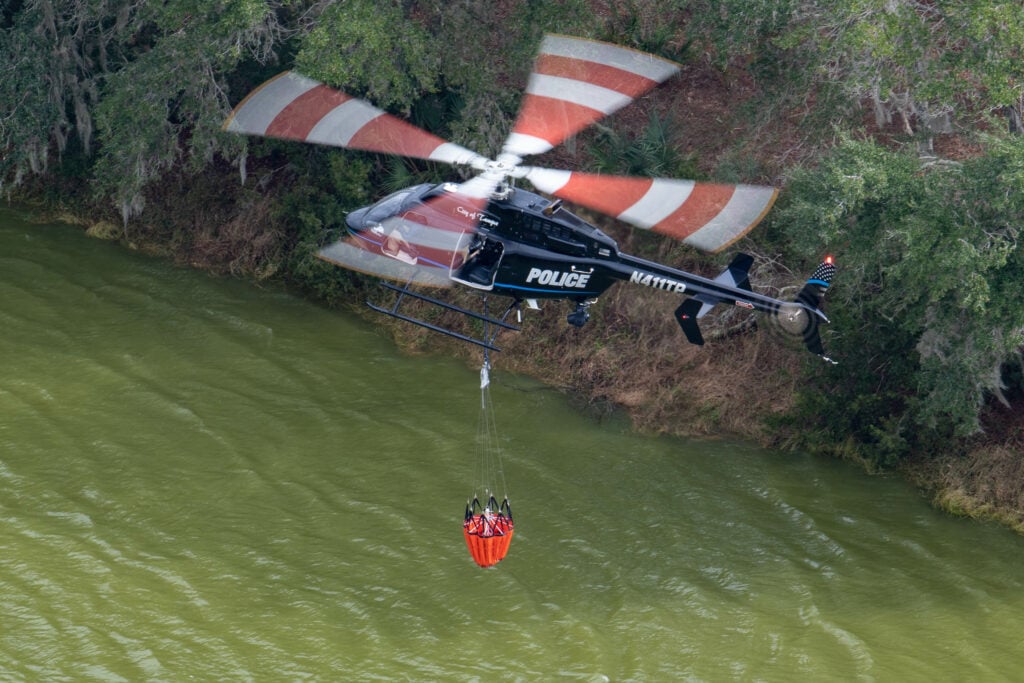
In addition to aircraft, ground crews brought scores of ground firefighting equipment, bulldozers, trucks, and fire apparatus utilized during the event.
The event kicked off at the Hillsborough County Sheriff's Training Academy on January 10th; the academy grounds were used as the operational base for the exercise and a landing and refueling zone for the more than ten aircraft that attended the event.
Crews for the two-day exercise kicked off the event with an operational briefing to discuss tactics and safety during the event and communications between air and ground units before dispersing into their separate air and ground units to begin the exercise that also involved the controlled burning of county land several miles from the landing zone.
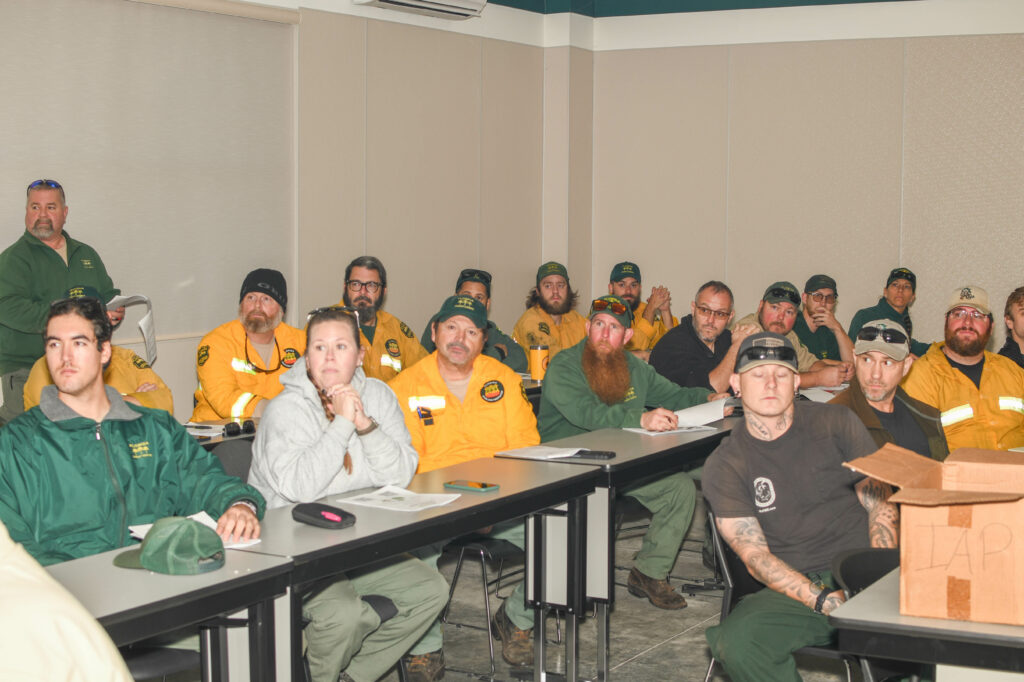
Once ground units had established a fireground and began burning the area, it was quickly evident from the air that this training exercise was centered on real-world scenarios as the fire line began to grow and the hundreds of ground crew from the Florida Forest Service and other supporting ground units worked to keep the containment lines of the fire for air units to work on extinguishing from the air with Bambi buckets of various sizes.
Agencies in attendance flew a mix of aircraft from the workhorse Bell UH-1H flown by the Charlotte County Sheriff and Florida Forest Service (FFS) to the Bell 407s of the Tampa Police Department. The most widely used aircraft throughout the exercise was the Airbus H125, in use by the Hillsborough County Sheriff, Seminole County Sheriff, and Hillsborough County Sheriff, numbering, at times, five different H125s on the LZ during fire operations.
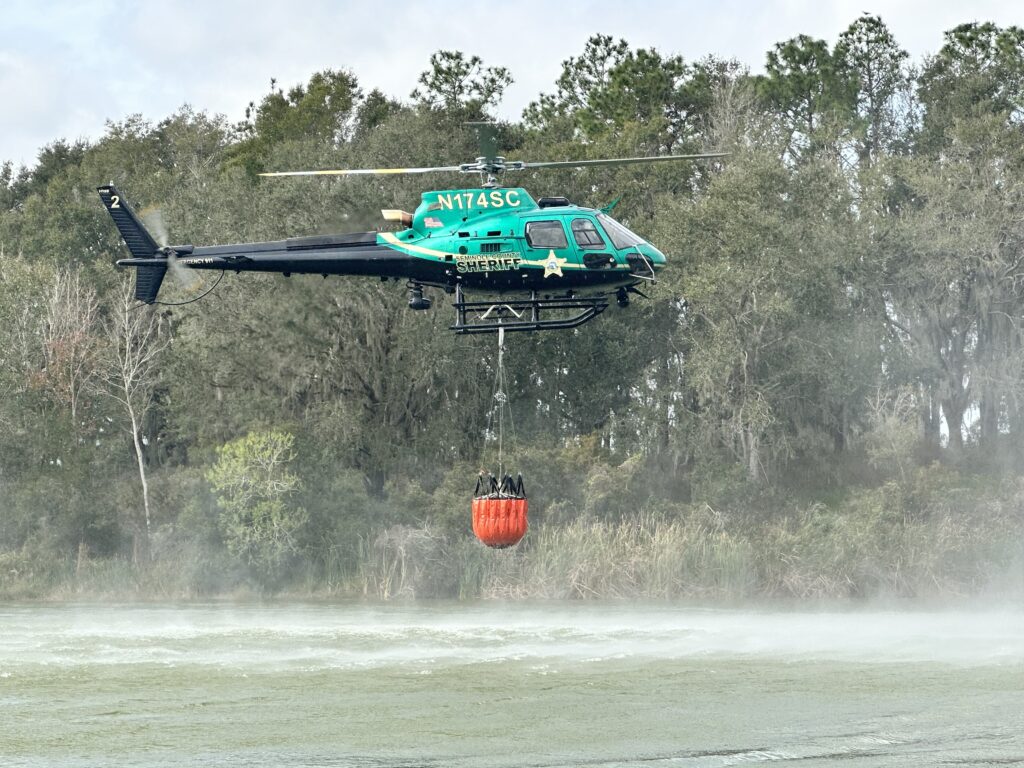
The "unicorn" of the event was the arrival of the FFS Leonardo AW119Kx, a recent acquisition of the agency, of which they will eventually deploy six of the aircraft type around the state. The AW119Kx participated in dozens of drop missions throughout day one of the training exercise.
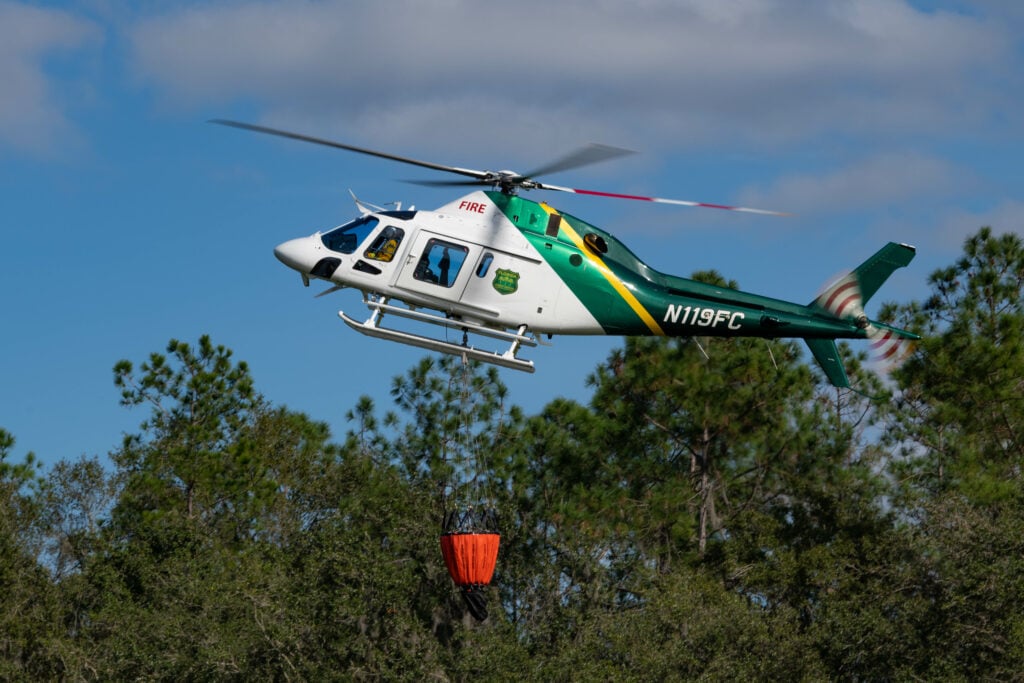
During the event, ten aircraft conducted hundreds of water drops, sourced from a nearby lake staffed with divers on standby from the Hillsborough County Sheriff's Dive Team on hand should anything go wrong at the dip site. Such is the detailed planning of the event, headed by Sergeant Jason Doyle, Unit Supervisor of the Hillsborough County Sheriff's Aviation Section based at Tampa Executive Airport, who works tirelessly each year on the event planning and execution, which all agreed was another resounding success for all involved.

"We are so proud to be hosting this large multi-agency training exercise. The Hillsborough County Sheriff's Office has one of the greatest aviation units when it comes to catching criminals. Sheriff Chronister implores us to find the most innovative ways to maximize the assets that we have, so whether it's fighting crime or fighting fires, that's what these training exercises are for. One of the exciting things about these days is how these folks will go out and practice on a controlled fire. It's one thing to train and simulate things, but it is completely different to train on something you may actually encounter. You can't put a price on this kind of training. This training will potentially save property, but it may save people's lives," said Anthony Collins, Colonel of the Department of Operational Support at the Hillsborough County Sheriff's Office.
From the initial organization to the field execution of the event, which has been running since 2018, Doyle and his team of professionals plan every aspect of the event with the assistance of other agencies to provide the most realistic training environment to simulate the conditions of a real fireground to give pilots and crew a taste of just what to expect when a fire does occur. The event sparks many discussions throughout the day from pilots and crews that treat the day as a real-world exercise, having to plan for fuel in the field, staffing, equipment, and tactics that will keep them in the fight throughout the day as units cycle all pilots and crews through multiple drills.

"I know our flight crews get a lot out of this training. We have a wide range of experience levels. Coordinating with ground assets and air assets while putting water on a live fire is the closest thing to a real scene we can simulate. We are unable to do this on our own and recognize everyone's effort to make this a safe, successful event," said Doyle in regard to the event.
Pilots and crew are challenged not only with the flight portion of the event but by other factors that can make or break a fire operation, such as attaching a bucket in the field and even troubleshooting malfunctions during a fire operation, which was seen throughout the event as several agencies returned to the landing zone to troubleshoot issues before departing again once issues were overcome from equipment.

After two days of nonstop flying, hundreds of man hours, and trailer loads of fuel for almost a dozen aircraft, crews left the event with a solid understanding of tactics to employ in an aerial firefighting scenario. While not a skill pilots will use on a daily basis for the most part, the training provided will go a long way to equipping pilots with the skills needed when it counts.

